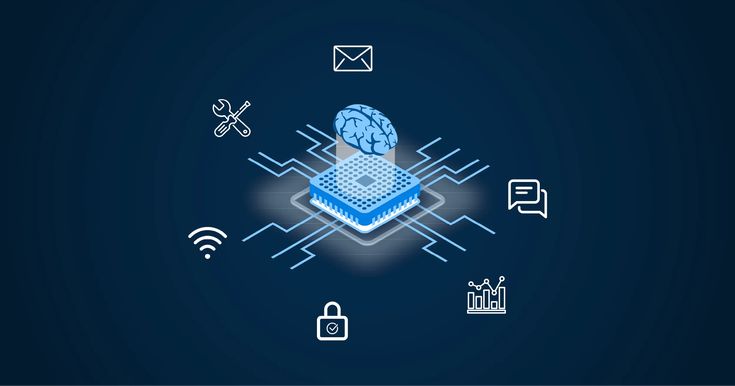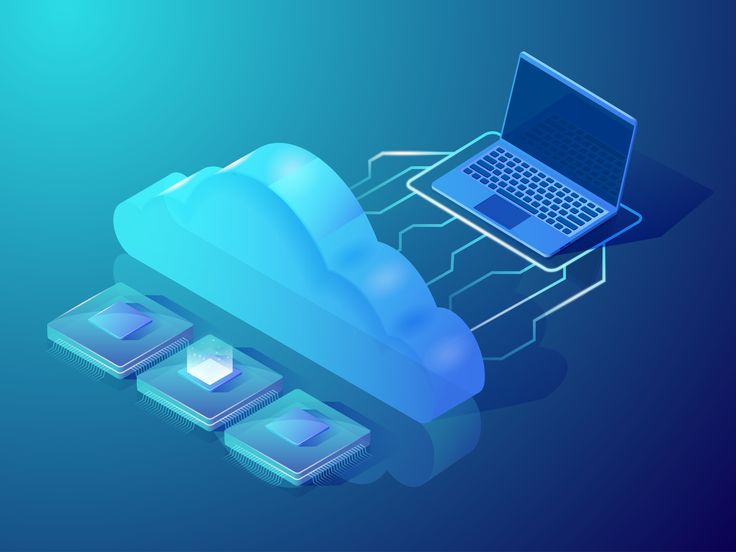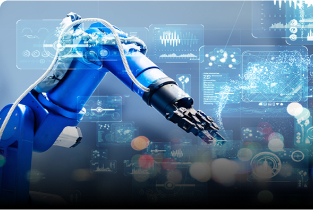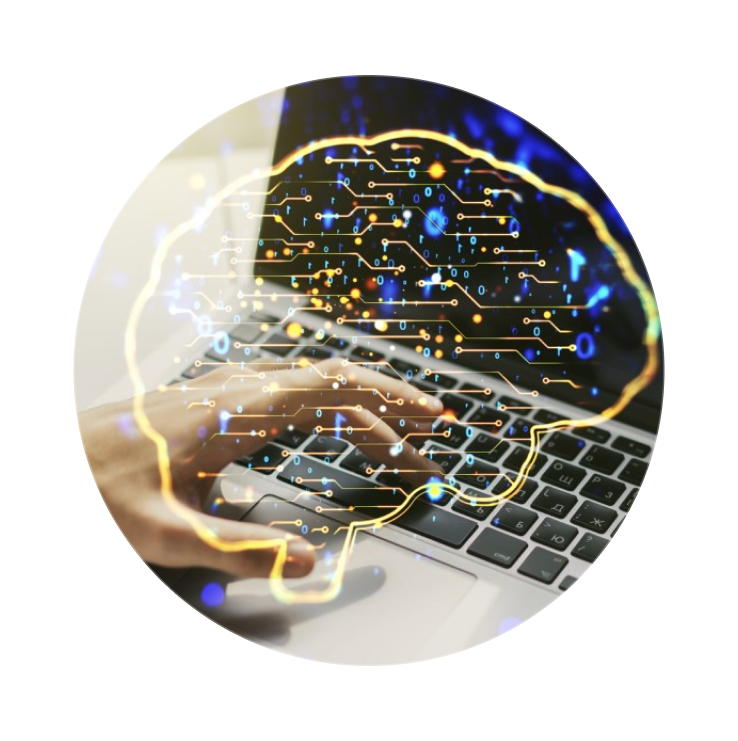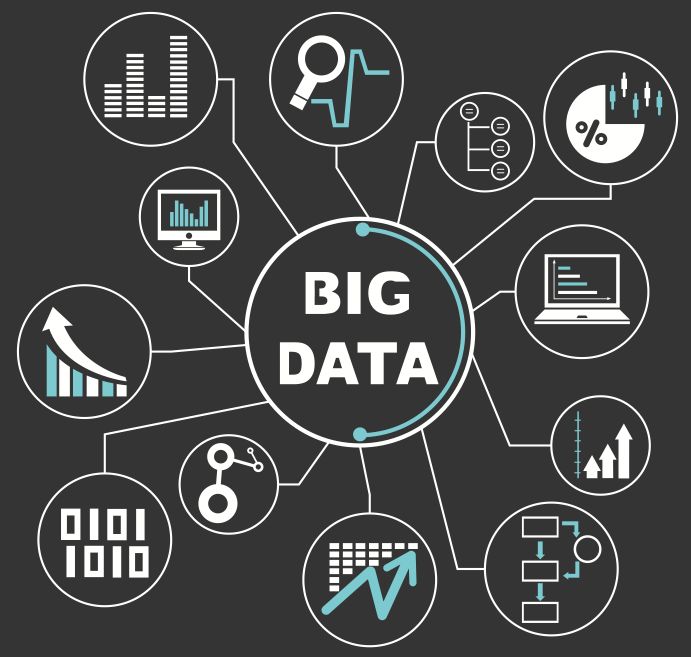Plug-in hybrid electric vehicles (PHEVs) have gained popularity as an efficient and eco-friendly alternative to traditional gasoline-powered cars. By combining an internal combustion engine (ICE) with an electric motor, they offer the benefits of both power sources. However, a common question among PHEV owners is whether these vehicles require oil changes. The short answer is yes, but with some key differences compared to conventional cars.
Why Do PHEVs Need Oil Changes?
Since PHEVs still utilize an internal combustion engine, they require engine oil for lubrication, cooling, and cleaning purposes. However, the frequency of oil changes depends on how often the gasoline engine is used. In many cases, PHEV owners can go longer between oil changes compared to traditional gas-powered vehicles.
Factors Affecting Oil Change Frequency
Several factors influence how often a plug-in hybrid electric vehicle requires an oil change:
- Electric-Only Driving – If a PHEV owner primarily drives in electric mode, the gasoline engine operates less frequently, reducing the need for oil changes.
- Manufacturer Recommendations – Each PHEV model has different service intervals specified by the manufacturer. It’s essential to follow the owner’s manual for maintenance schedules.
- Driving Conditions – Stop-and-go traffic, extreme temperatures, and towing can accelerate oil degradation, necessitating more frequent changes.
- Oil Type – Many PHEVs use synthetic oil, which lasts longer than conventional oil, extending the change intervals.
Typical Oil Change Intervals for PHEVs
Unlike conventional cars that typically require an oil change every 3,000 to 5,000 miles, PHEVs often have longer intervals. Many automakers recommend oil changes every 10,000 to 15,000 miles, or even longer if the gasoline engine is rarely used. Some advanced models include oil-life monitoring systems that notify the driver when an oil change is needed.
Benefits of Less Frequent Oil Changes
PHEV owners enjoy several advantages due to the reduced need for oil changes:
- Lower Maintenance Costs – Fewer oil changes mean reduced expenses over the vehicle’s lifetime.
- Environmental Benefits – Less oil usage and waste contribute to a more sustainable driving experience.
- Increased Engine Longevity – Since the gasoline engine runs less frequently, wear and tear are minimized.
Conclusion
While plug-in hybrid electric vehicles do require oil changes, they typically need them far less frequently than traditional cars. By understanding driving habits and following manufacturer guidelines, PHEV owners can optimize their maintenance schedules, saving money and reducing environmental impact. Always consult the vehicle’s owner manual or a certified technician to determine the best oil change interval for your specific PHEV model.


